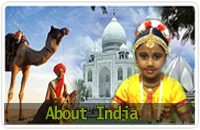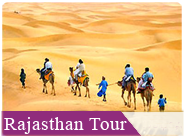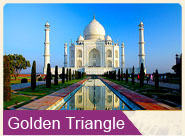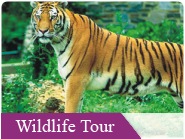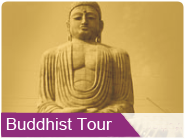Dehradun is the capital city of the newly formed Himalayan state of Uttaranchal. Situated, 235 km from Delhi, it lies at the very center of the Doon valley. The city has the Shivalik range to its south, the Himalayas to its north, the Yamuna to its west and the sacred Ganges to its east. Dehradun is in the Garhwal Himalayan region, earlier known as Kedar Khand. Initially, Katyuris of Garhwal ruled this region. Later, it passed into the control of the Sikhs and Mughals. The Gorkhas of Nepal also ruled here before the British came into the picture. After the Treaty of Sugauli between the Gorkhas and the British, signed in 1816, the British established their grasp on the entire Garhwal and Kumaon regions. Though the enchanting city displays the old-fashioned flavours of the Raj, tourism has turned it into a metropolitan.
Dehradoon Facts:
• Area 37.17 sq. km
• Population 270,159
• Altitude 695 metres
• Languages spoken Hindi and English
• Best Time to Visit November-December and April-July
• STD code 0135
Tourist Attractions in Dehradoon
This beautiful hill station has many attractions, including academic institutions and research centres of national significance. Forest Research Institute is renowned for its research and planning in the sphere of flora and fauna in India. Robber’s Cave, on the outskirts of the city, is a celebrated view point. Tapovan is where Guru Dronacharya (of Mahabharata) it is believed to have had his ashram. Tapkeshwar Temple, devoted to Lord Shiva, is known for its connection with Mahabharata. Dakpatthar is another major tourist attraction.
Tourist Attractions around Dehradoon
Excursions around Dehradun offer glimpses of the region’s legacy, flora and fauna. For wildlife enthuiast a trip to Rajaji National Park is attractive. The old town of Chakrata gives a glimpse into the lifestyle of old tribes in the region. Kalsi presents the historic legacy of the city. A trip to Mussoorie shows you the wonders of a tranquil envioronment.
About Dehradoon | Dehradoon Sight Seeing |

